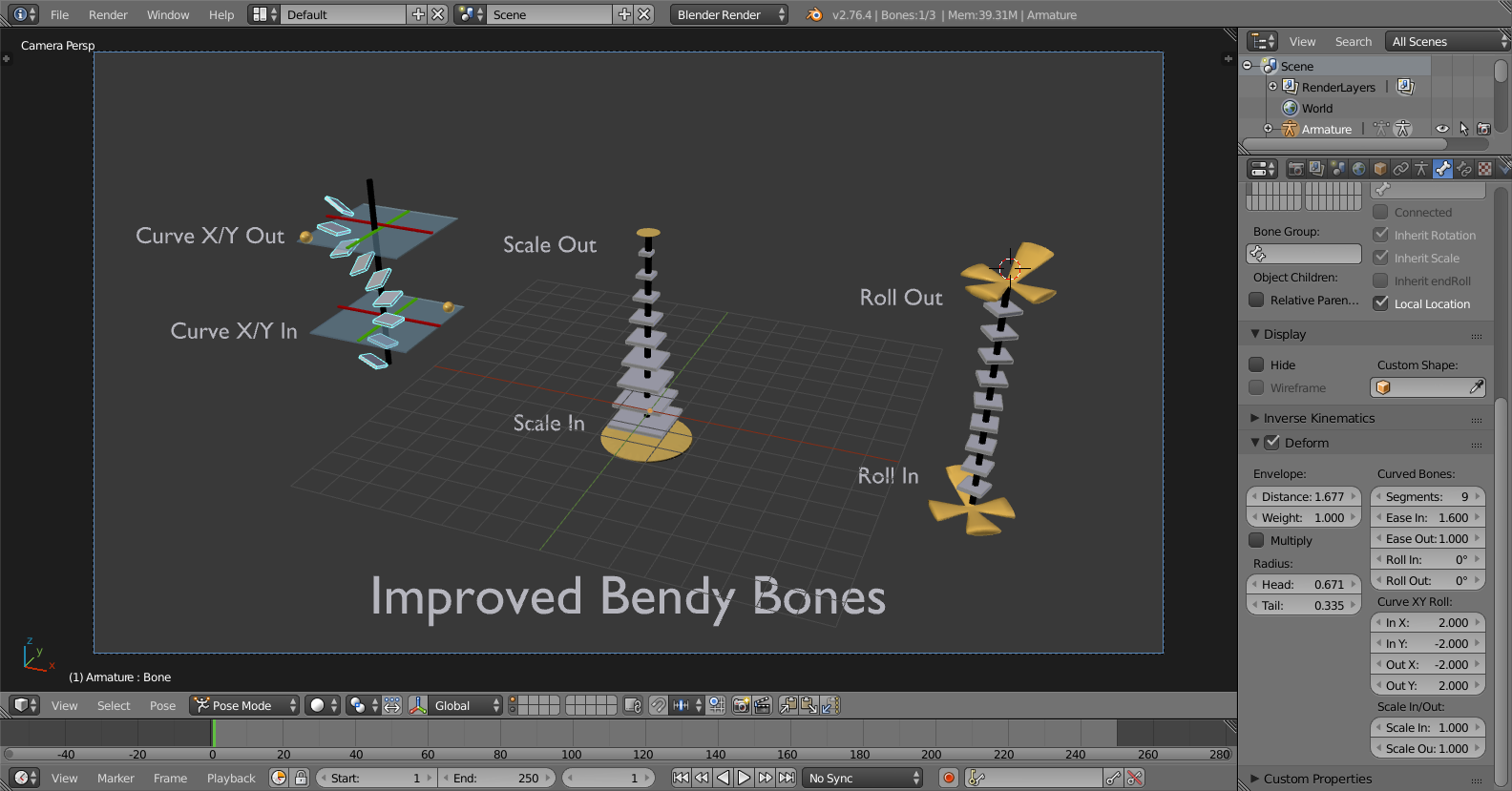Drivers Panel Blender Software
Posted : adminOn 6/13/2018Applicable Blender version: 2.67. The Properties window is where you will find most of the functions that Blender can perform with objects and materials, animation, rendering, etc. It is the area where you will see the greatest number of changes from earlier versions of Blender (in which, it was called the Buttons window). Hopefully you’ll agree the new layout makes it much easier and quicker to find things! In the header of the Properties window, you will see a row of buttons that looks like this: The actual icons will vary depending on the type of object selected in the 3D view. In the default layout, the Properties window may be too narrow to show the entire row, in which case you can widen the window, click drag across the buttons with MMB to scroll the button row, or use your mouse wheel within them. Each of these buttons gives you access to a different context, or subsection of the Properties settings.

Drivers Panel Blender Reviews. Mastering Drivers in Blender. Blender is a professional free and open-source 3D computer graphics software product used for. Drivers Panel Blender Tutorial Pdf. Applications, Indicators, software center, and much more. Diamonds or unlimited resources” is nonsense. The software on this page is compatible with the following currently supported products. SpaceMouse® Enterprise; SpacePilot® Pro; SpaceMouse® Pro Wireless; SpaceMouse® Pro; SpaceMouse® Wireless; SpaceNavigator® for Notebooks; SpaceNavigator®; CadMouse; CadMouse Wireless.
Unlike older verions of Blender, there are no more “subcontexts” — no additional buttons will appear in the header when you click any of these. Contents • • • • • • • • • • • • • • The Contexts [ ] Render Context [ ] Here we find the settings that control overall rendering of the final images, i.e.
What resolution to use, output format, performance, post processing, etc. Render Layers Context [ ] Additional settings that offer finer control over rendering of the final images: which scene layers to render, which separate parts ( passes) of the rendering process to actually perform, and how to group them into render layers (not to be confused with the scene layers) for input into subsequent compositing. In versions of Blender prior to 2.67, these settings were combined into the Render Context. Scene Context [ ] Contains settings for colour management, choosing which camera to use for rendering, and units and gravity settings for physical modeling. You can also select another scene to be a “background” for this scene.
That is, all renders of this (foreground) scene will also include the contents of the background scene, as though they had been copied into this scene. While the background appears in the 3D viewport when editing this scene, none of its contents are editable, or even selectable; that has to be done in the background scene itself. World Context [ ] Settings that govern the environment in which the model is rendered. Background sky color, mist and star settings, lighting etc. Object Context [ ] Settings that apply to all types of objects.
Overall transformations, layer assignments, grouping etc. The settings shown here (and any changes made) apply to the last object selected.
This is also the case for the following object-specific contexts. Object Constraints Context [ ] These settings limit the motion of the object for animation purposes. The limits can also be tied to the motion of other objects in various ways. Object Modifiers Context [ ] Settings for applying modifiers to the object geometry. These make changes to the geometry that only take effect at rendering time. Note: lamps, cameras and empty objects cannot have modifiers.
Object Data Context [ ] Settings specific to the type of object, e. Ralf Stumpf Matcap Download Movies. g. Mesh vertex groupings, text font, lamp settings, camera settings, etc. This is reflected in the icon, which changes according to the type of object selected. Material Context [ ] The material settings for an object control its appearance, e.g. Its colour, whether it has a shiny or dull surface, how transparent it is, and so on.
The chosen — Blender Internal (the default), Blender Game, or Cycles — will impact the choices available for material and texture settings. Texture Context [ ] The texture settings specify patterns that break up the uniform appearance of a material. These patterns can affect the colour of the material, give it a rough surface, or modify it in other ways. Particles Context [ ] An object can be set to emit particles, like smoke, flames or sparks.

The concept of “particles” (and the underlying algorithms) also includes the generation of hair or fur. Particles can be entirely custom objects, to produce effects like blades of grass interspersed with flowers in a field, water droplets on a wet surface, or even scatterings of entire buildings to make up a large cityscape! Physics Context [ ] Settings that control how the object reacts to forces similar to objects in the real world, e.g. Whether it behaves like a rigid body that keeps its shape but can be knocked around, something soft e.g a pillow, or a flowing liquid. Where Did The Old Stuff Go?